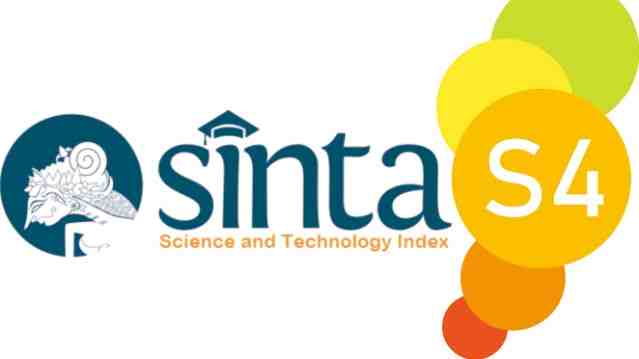ANALISIS KANDUNGAN FORMALIN DAN UJI ORGANOLEPTIK IKAN ASIN YANG BEREDAR DI PASAR BESAR MADIUN
https://doi.org/10.25273/florea.v3i1.789
Keywords:
Formalin, Organoleptic Test, Salted FishAbstract
This study aims to determine the content of formaldehyde used as a preservative in driedfish that circulate in the Great Market Madiun and organoleptic salted fish containing formalin.The samples in this study used purposive sampling is a sampling technique with specificconsiderations. Two salted fish samples taken in the North, two samples were taken in the south,two samples were taken in the West, two samples were taken in the east, and two samples weretaken in the central Great Market Madiun. Questionnaire data collection using questionnaires anddocumentation. Results showed that the formaldehyde content in dried fish balur, peda, and terican be determined with Fehling method. If salted fish samples (+) containing formalin there willbe changes color from blue to green color and there are deposits of red brick, while the sample ()
containing formalin will remain blue when heated and there is a brick red precipitate. Of 30samples of dried fish salted fish only 1 (-) contain formaldehyde, which is peda salted fish west.Organoleptic clean white color most preferred by the panelists as much as 92% panelists found insamples dried fish balur middle east. Is not the typical organoleptic flavor of salted fish mostpreferred by the panelists as much as 78% of the panelists found in fish samples salted teri east.Organoleptic chewy texture intact most preferred by the panelists as much as 88% and there is apanelist on the samples salted fish teri middle.
Downloads
Downloads
Published
Issue
Section
License
Every accepted manuscript should be accompanied by "Copyright Transfer Agreement" prior to the article publication.
Florea : Jurnal Biologi dan Pembelajarannya by http://e-journal.unipma.ac.id/index.php/JF is licensed under a Creative Commons Attribution-ShareAlike 4.0 International License.
Author who publish with this journal agree to the following terms:
- Author not hold and retain copyright and grant the journal of first publication with the work simultaneously licenced under Creative Commons Atribution Licence that allows others to share the work with an acknowledgment of the work's authorship and initial publication in this journal.
- Authors are able to enter into separate, additional contractual arrangements for the non-exclusive distribution of the journal's published version of the work with an acknowledgment of its initial publication in this journal.
- Authors are permitted and encouraged to post their work online prior to and during the submission process, as it can lead to productive exchanges, as well as earlier and greater citation of published work.










